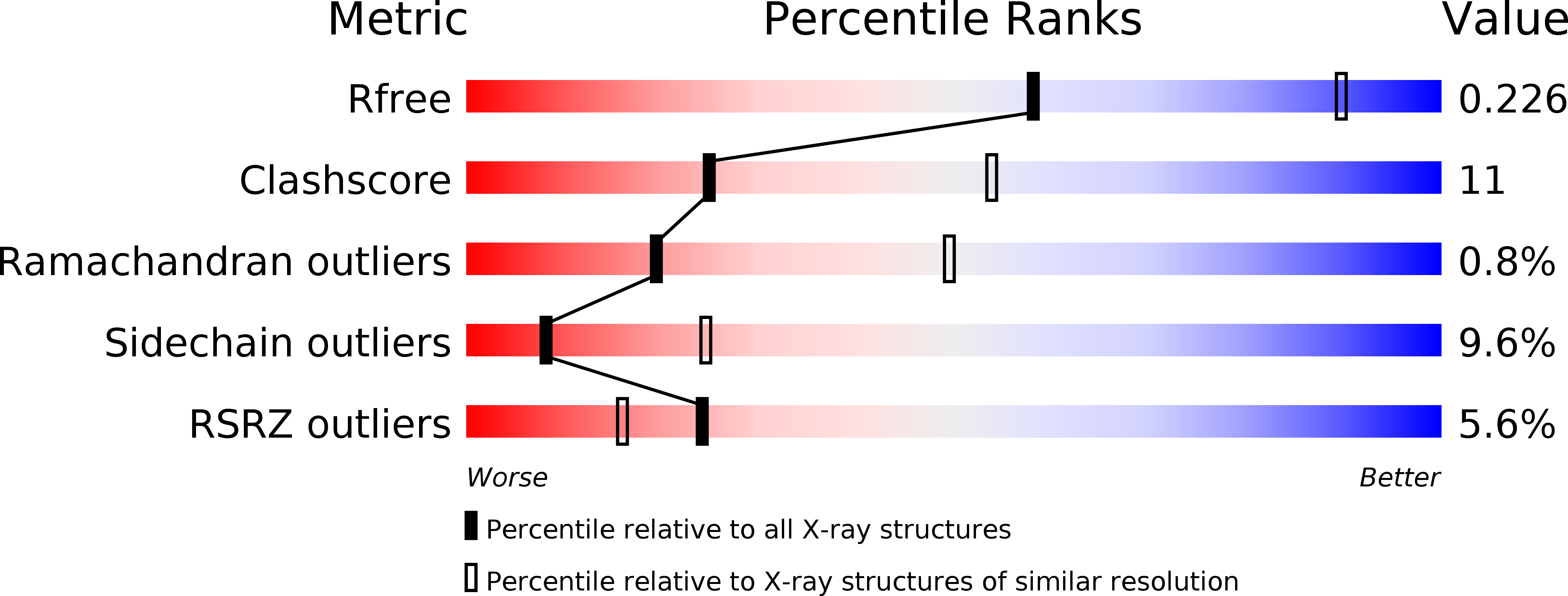
Deposition Date
2011-02-18
Release Date
2011-05-25
Last Version Date
2024-02-21
Entry Detail
PDB ID:
3QRW
Keywords:
Title:
Actinorhodin Polyketide Ketoreductase Mutant P94L bound to NADPH
Biological Source:
Source Organism:
Streptomyces coelicolor (Taxon ID: 1902)
Host Organism:
Method Details:
Experimental Method:
Resolution:
2.79 Å
R-Value Free:
0.22
R-Value Work:
0.16
R-Value Observed:
0.16
Space Group:
P 32 2 1


